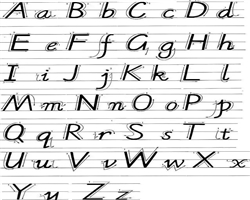Taijiquan remains one of the world's healthiest martial art forms
The centuries-old practice of tai chi, or taijiquan, remains a daily ritual for many Chinese, and for good reason: The exercise's slow, careful movements offer a wealth of health benefits, from calming busy minds to relieving the body of everyday stress.
Originally used for self-defense and combat, taijiquan is now practiced primarily for exercise and relaxation. It is often associated with the circular, black-and-white yin/yang symbol, representing the Taoist philosophy of harmony between yin (the feminine and receptive) and yang (the masculine and active). Through its graceful, structured movements, taijiquan helps practitioners achieve a balance of yin and yang in their bodies, thereby improving the flow of qi, or vital energy - considered by traditional Chinese medicine (TCM) as essential to good health.
The basic practice of taijiquan consists in the performance of a series of movements, which together make up a "form," each of which has a name such as bao hu gui shan, or "carry the tiger to the mountain." Breathing and posture play key roles - the aim is to breathe slowly and deeply through the nose while keeping the back and head upright. This helps induce the body into a tranquil, meditative state, an antidote for such afflictions as stress, fatigue and overwork.
"Balance within the body has been emphasized in taiji practice all along," says Ru Kai, a taijiquan teacher at the Capital Institute of Physical Education. "When you're going through psychological problems, your body will show signs of this stress. Practicing taiji will ease the internal tension and troubles."
While the exact origins of taijiquan are unclear, its start is often attributed to Zhang Sanfeng, a Taoist monk at the Wu Tang monastery who, according to Ming Dynasty records, lived sometime in the period 1391-1459. According to legend, Zhang once saw a fight between a snake and a crane and was impressed by the way the snake was able to elude its larger, more powerful opponent. Utilizing his previous training in martial arts and Taoist breathing exercises, he went on to create a martial art form that echoed the snake's balance, flexibility and speed.
From these simple beginnings more than five centuries ago, taijiquan has developed into a complex set of styles, ranging from the vigorous to the gentle. Two of the most well known today are the Chen and Yang styles; Chen incorporates more explosive, rigorous forms, while Yang - the style commonly practiced today - is characterized by soft, unforced movements.
- 相关链接:
-
资源说明:
三思网刊三思网刊-生活英语-《Moving Meditation太极拳健身》
 。
。




